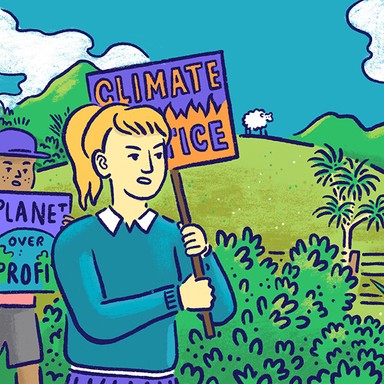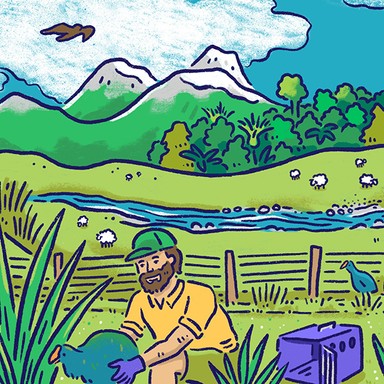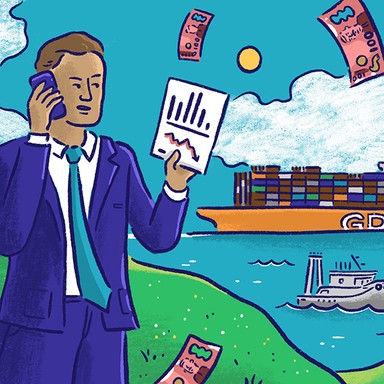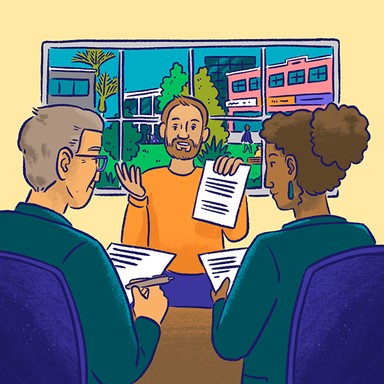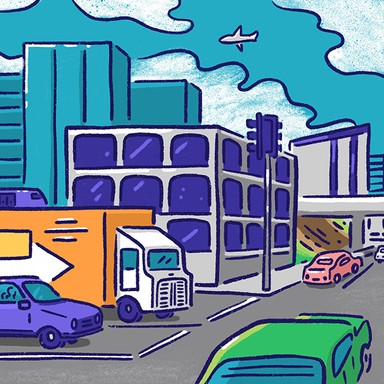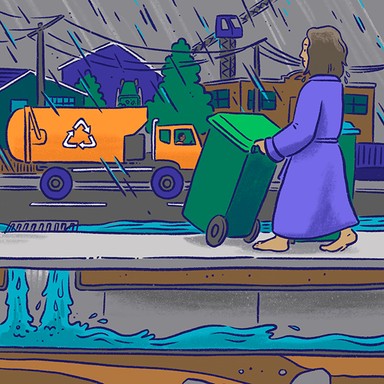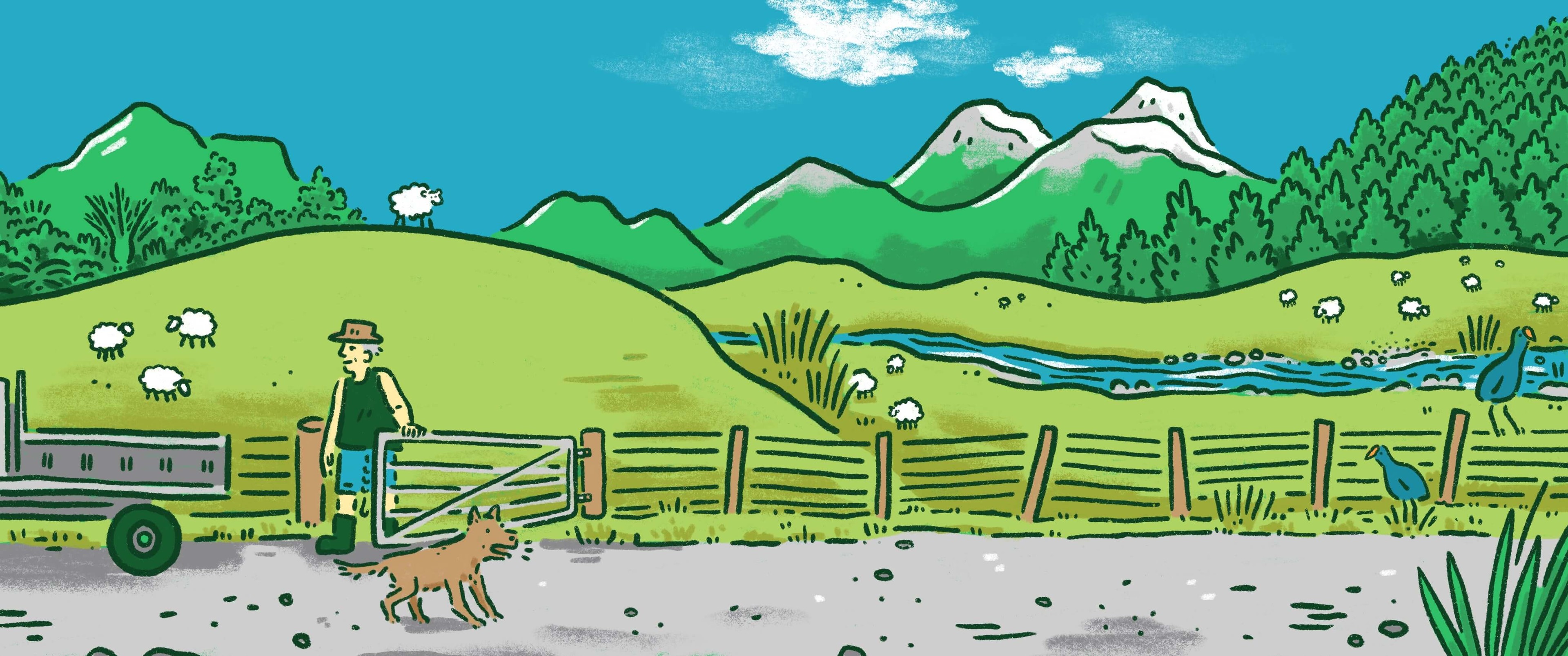
Waikato Regional Council
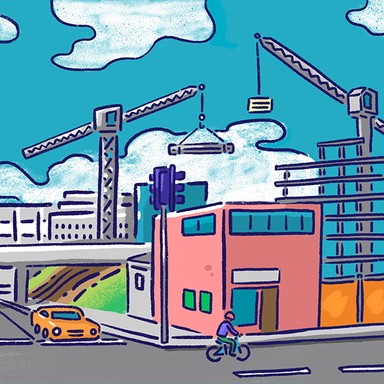
Rates and revenue
The work of local government is funded mainly by property taxes in the local area, known as rates. This makes up around 60% of council expenditure, with the rest coming from user charges, investment income, regulatory fees and roading subsidies. Councils can also borrow money to spread the cost of large investments such as infrastructure over a longer period of time.

Rates and revenue
The work of local government is funded mainly by property taxes in the local area, known as rates. This makes up around 60% of council expenditure, with the rest coming from user charges, investment income, regulatory fees and roading subsidies. Councils can also borrow money to spread the cost of large investments such as infrastructure over a longer period of time.
Incorporate reductions in natural capital and ecosystem services in rating systems eg polluter pays.
Provide rate relief (incentives) for sustainable land management and natural area retention.
Base financial decisions on sound economic and environmental evidence.
Recognise the increased cost of living and balance this with rates affordability.
Continue to advocate to central government for strategic funding, investment and partnerships.
Oppose rates increases. Council needs to live within its means like the rest of us.
Ensure that monies collected for targeted activities are spent on those activities, and there is accountability for such.
Critically evaluate current council investments to assess if the actual returns match the expected returns.
Explore new funding mechanisms and push back to central government on unfunded mandates they give local government.
Shift the council's investment portfolio towards physical assets we know our community will need in future, eg food, energy and transport.
Ensure that fees and charges are collected from those undertaking/benefitting from activities rather than general rates, where possible.
Incorporate reductions in natural capital and ecosystem services in rating systems eg polluter pays.
Provide rate relief (incentives) for sustainable land management and natural area retention.
Base financial decisions on sound economic and environmental evidence.
Recognise the increased cost of living and balance this with rates affordability.
Continue to advocate to central government for strategic funding, investment and partnerships.
Oppose rates increases. Council needs to live within its means like the rest of us.
Ensure that monies collected for targeted activities are spent on those activities, and there is accountability for such.
Critically evaluate current council investments to assess if the actual returns match the expected returns.
Explore new funding mechanisms and push back to central government on unfunded mandates they give local government.
Shift the council's investment portfolio towards physical assets we know our community will need in future, eg food, energy and transport.
Ensure that fees and charges are collected from those undertaking/benefitting from activities rather than general rates, where possible.
Mayor
Compare the mayoral candidates in your area
Local council
Compare the candidates for your city or district council
Regional council
Compare the candidates for your regional council
Local board
Compare the candidates for your local or community board
